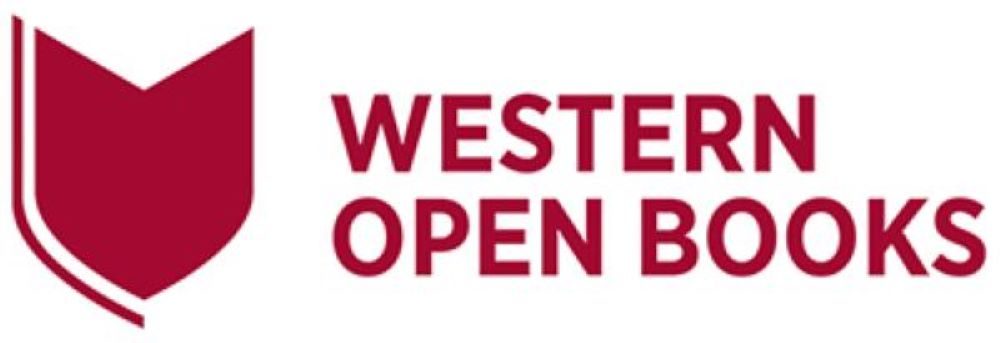7 Critical thinking

Is everything you read, see or hear factual? Does it come from a particular point of view that may be similar or different to your own?
Everything we read, see or hear contains elements that can and should be questioned – this is what it means to think critically. You need to be able to identify whether material is true, plausible, satirical or questionable. Some examples of questionable materials that you might be familiar with include:
- short quotes taken out of context so that they seem to mean something different
- photoshopped images
- deep fake video and audio bites
- statistical data which is manipulated to support a point of view
- fake news
- scam emails (e.g. phishing).
An evaluation framework can help remind you of the critical questions to ask for each source of information you find and decide if it is reliable and appropriate to use in an assignment. There are several frameworks which you can use. Below are just a few that exist.
Supporting references
- Banasiewicz, A. D. (2019). Evidence-based decision-making: How to leverage available data and avoid cognitive biases. Routledge.

